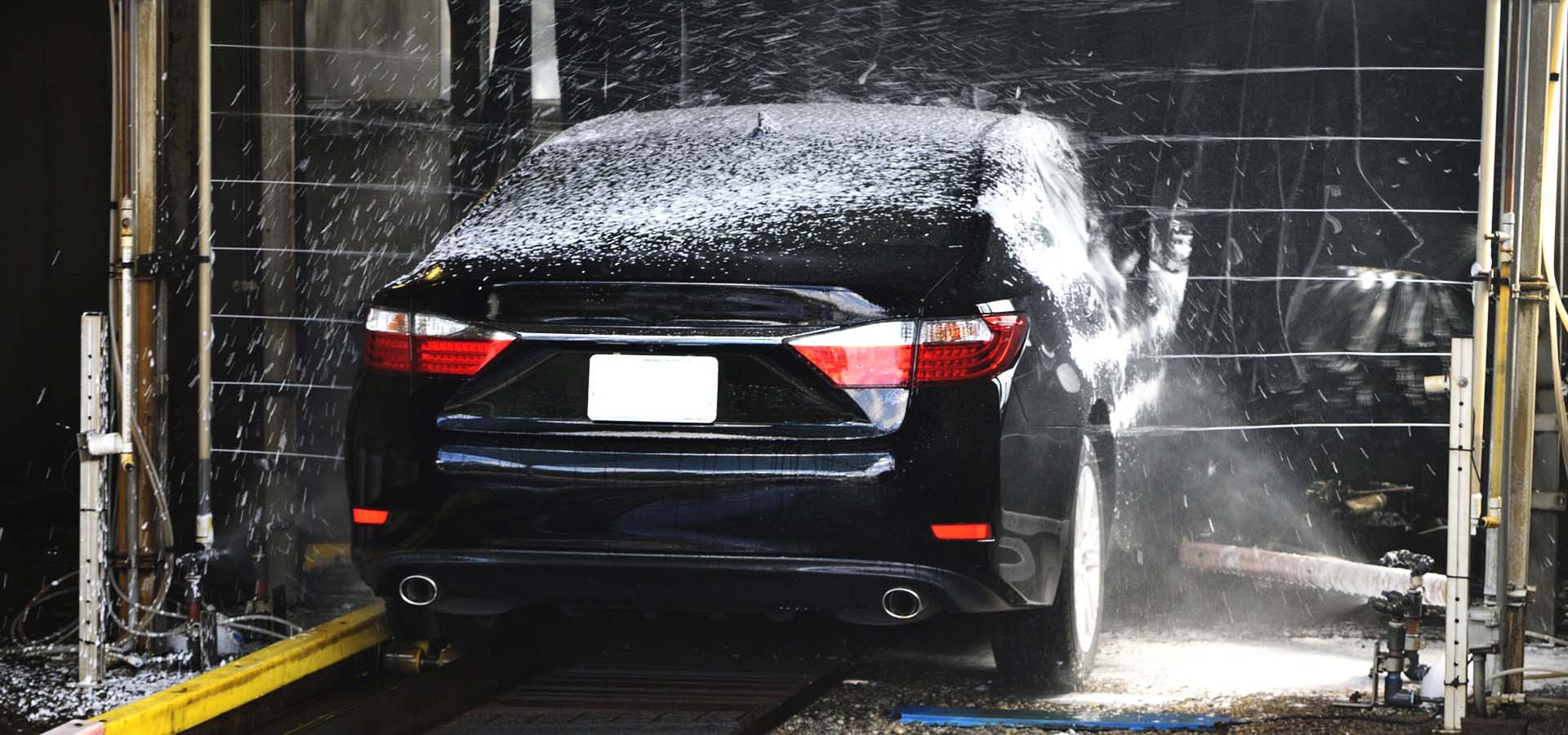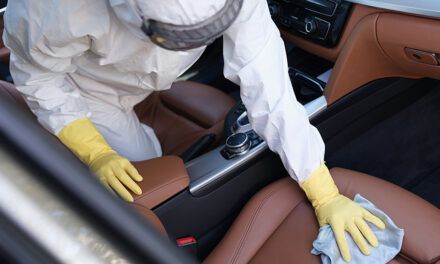
PAID VACUUM? IT’S POSSIBLE – AND BECOMING MORE POPULAR
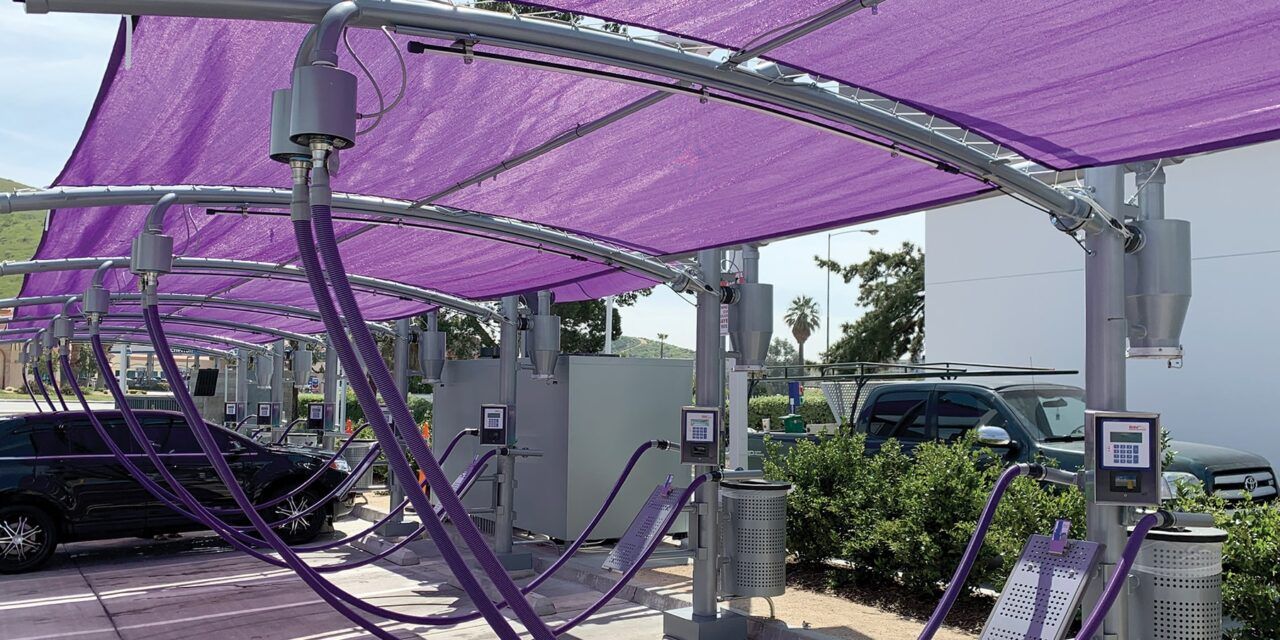
PAID VACUUM? IT’S POSSIBLE – AND BECOMING MORE POPULAR
by Steve Lieneman
Free vacuums has become nearly synonymous with carwashes in the past 10 to 15 years as express exterior washes have boomed.
FREE VACUUM IS A GREAT BUSINESS MODEL. BUT IS IT THE ONLY WAY TO GO? NO.
PAID VACUUM – or even a combination of both free and paid – is not only possible in the current market, it can be truly preferable and profitable.
Why paid vacuum?
Reasons for choosing paid vacuum vary. Some wash owners simply dislike offering something for free.
Free vacuum is a bit of a misnomer, though, since wash owners typically factor the cost of a vacuum system investment into wash package pricing. Nonetheless, some owners feel labeling vacuums as free devalues their brand or the service.
Other operators don’t want to miss potential revenue from customers who want only to vacuum but not wash their vehicles.
Many wash operators appreciate the speed paid vacuum offers plus the resulting profits. Often when customers must pay for vacuum, they spend less time than if the vacuums were free. Less time on the lot means more volume, more revenue.
That was the case for Bliss Car Wash, which has several locations in California and more in the works. California real estate is expensive, so large sites aren’t part of the Bliss business model, says Field Operation Support Manager Steven Zarate. Bliss bases its business model on small, conveniently located sites that emphasize monthly memberships.
The Bliss business model includes a combination of free and paid vacuum. Club members receive unlimited free vacuum time. Single-wash purchasers receive a set amount of free vacuum and can buy additional vacuum time. Each Bliss site has about seven to nine vacuum stalls.
“We had to figure out a way to be able to provide vacuum time for our members,” Zarate said. “The only way we could do that is by controlling the vacuum time.”
The approach has worked well – club members find open vacuum stalls despite Bliss having smaller sites.
Wash owners with paid systems also recognize that until the express tunnel boom, customers traditionally paid for vacuum via a coinbox or by paying attendants at full- or flex-service washes. While current industry wisdom may feel like free vacuum is the only option, many operators find customers across the country are used to paying for vacuums and think nothing of it.
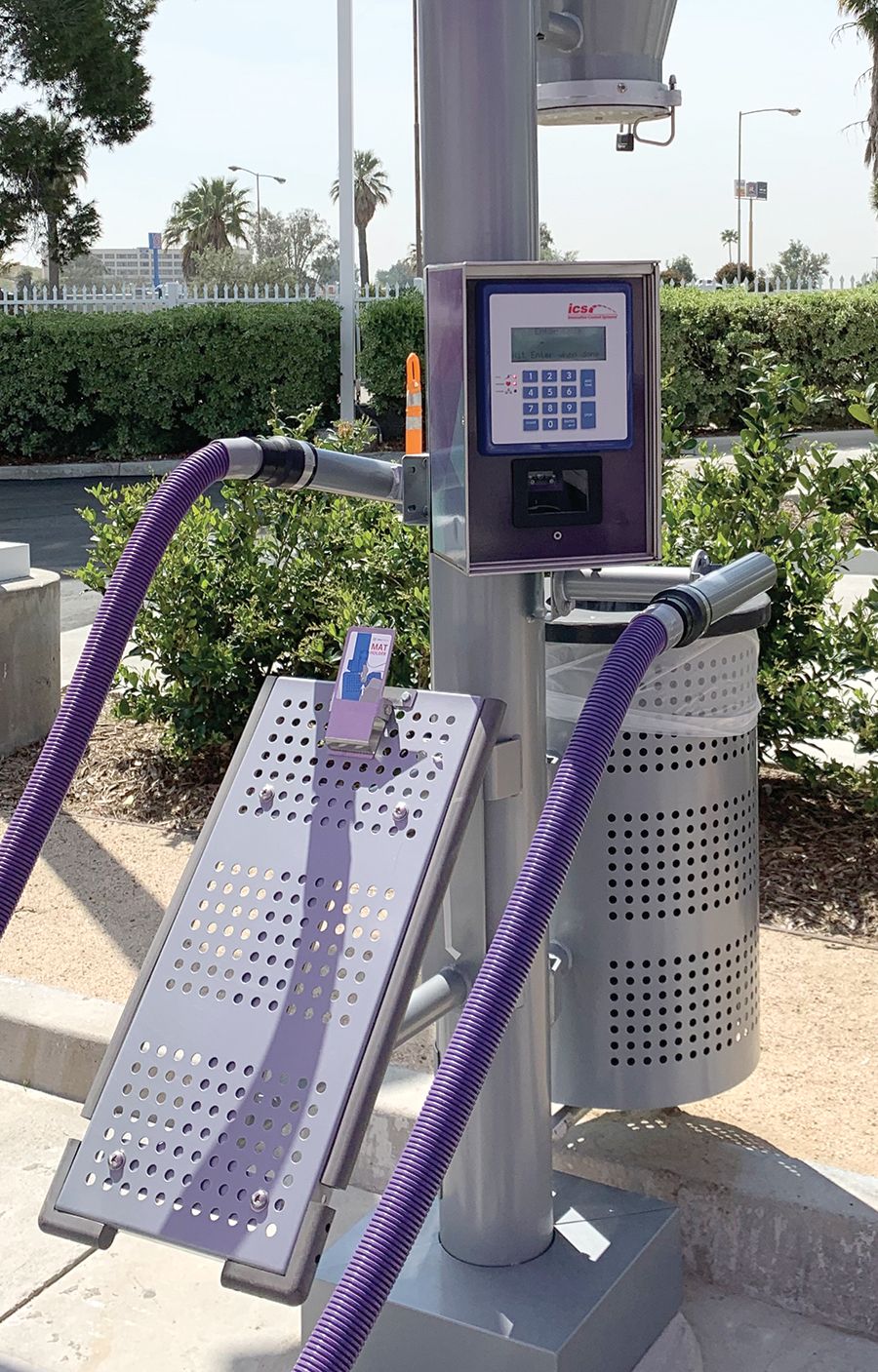
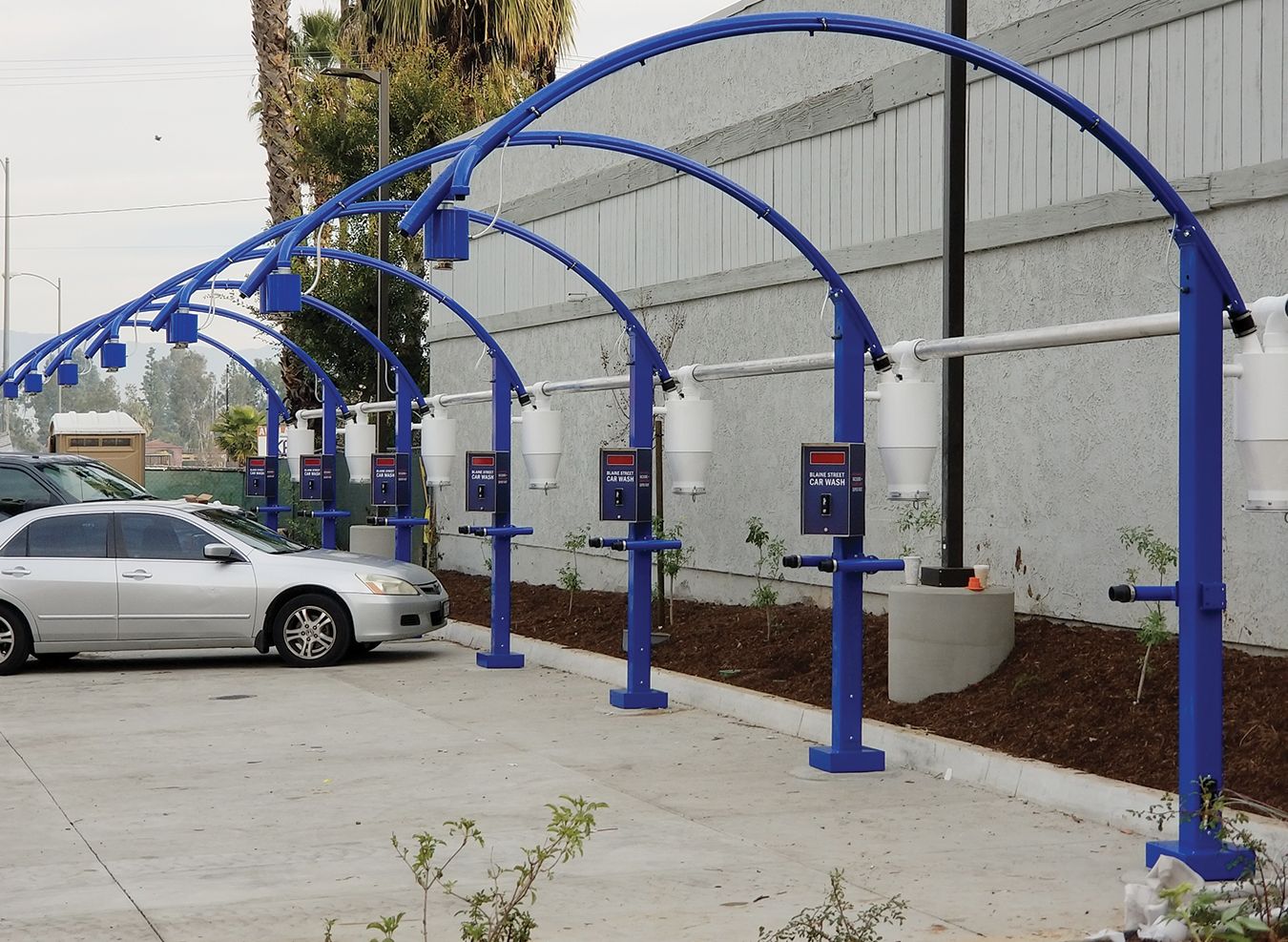
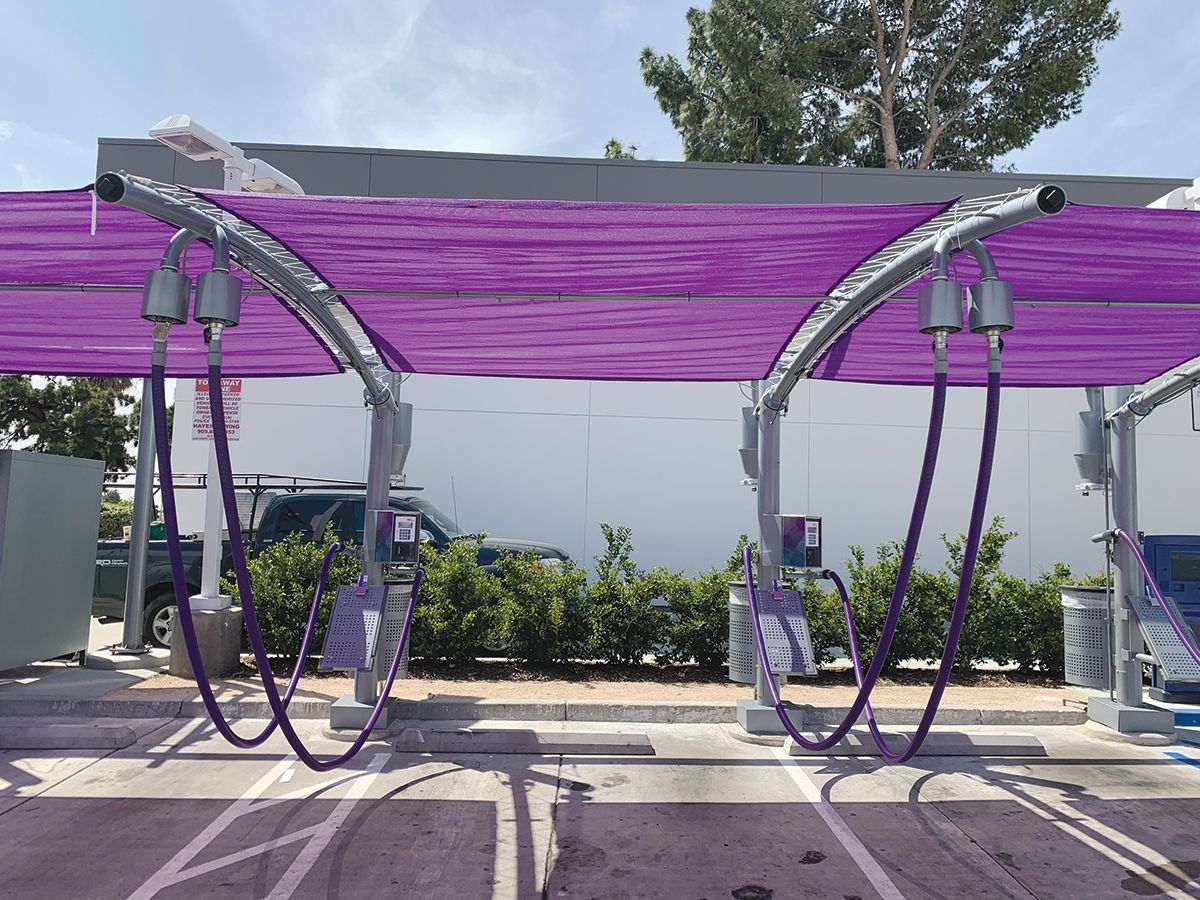
Why the rise in paid vacuum?
Paid vacuum or a paid/free combination are increasing in popularity due to creative, smart business planning plus innovations in vacuum and point of sale technology.
As the carwash industry has grown in recent years, investors and owners have become financially more savvy and have incorporated paid vacuum into overall business planning.
Investors and owners now heavily analyze factors such as wash startup and operating costs plus market conditions. They’ve determined paid vacuum can be a profit center once woven into an overall business plans. For example, washes in smaller markets with little competition find they can charge for vacuum because no one nearby is offering it for free.
Similarly, a wash in a market with older washes that charge for vacuum (which had been the norm prior to the boom in express tunnels) has no problem directly monetizing vacuums because customers there are used that approach.
Other savvy number crunchers scrutinize data and tailor wash package pricing such that they can collect on both washes and vacuums.
New technology is also driving the return to paid vacuum. Companies are unveiling new ways to make paying for vacuum easy and convenient for both wash operators and their customers. Innovations include point of sale systems that allow customers to pay at individual vacuum stalls rather than having to walk to a centralized purchase point. Customers are also much more likely to readily pay for vacuum when they can do so with a credit card rather than an old-fashioned coin box or be hassled with a change machine.
Still, many operators want the option to offer not just free vacuum and paid vacuum but also the flexibility to switch between the two models as needed.
To address market demand, Vacutech recently introduced PIVOT – a technology innovation that allows wash owners to simultaneously offer both paid and free vacuum and seamlessly switch between the two.
PIVOT integrates with point of sale systems to control vacuum settings. Vacuum hoses are nonfunctional until triggered. To turn on an individual vacuum stall, options include scanning a bar code created with a wash purchase, entering a code, or paying with a credit card, or mobile pay. PIVOT allows wash operators to customize vacuum control settings. For example, basic wash purchases might include five minutes of free vacuum while top wash packages might receive 12 free minutes and club members have no limit. Or a special promotion might include free vacuum for everyone for a given month.
Bliss has sites that include PIVOT and the technology has simplified what can be hassles for the company, Zarate said. The sites with PIVOT are easy for the company to set the vacuum controls to differentiate between club members and single wash purchases. Single-wash customers can then also buy more time – an added revenue perk.
“It was not about charging for (vacuum) or creating an extra profit center,” Zarate said of PIVOT allowing Bliss to easily and seamlessly limit vacuum time on its small wash sites. “Eventually, though it will create an extra profit center.”
At Bliss sites that don’t have the free/paid vacuum technology, signage informs customers of intended time for club members versus single wash purchases. Car wash teammates are then tasked with enforcing the guidelines, and that can be a hassle. The ability to have vacuum controls both flexible and automated has been very beneficial, Zarate said.
How do I choose between free, paid or combined?
More important than the vacuum payment model is to first choose a powerful, reliable vacuum system customers will enjoy using. A phenomenal vacuum system will generate return customers, which in turn builds ROI.
Once you’ve selected a great vacuum system, research how to incorporate it into your business plan. Check out competitors. Visit nearby markets to see what trends might be headed your way. Connect with other owners and operators. Talk with vendors about what new technology is available. Run your numbers.
Do your homework, and you just might find paid vacuum is a solid fit for your wash.
Steve Lieneman is vice president of sales & marketing for Vacutech.







